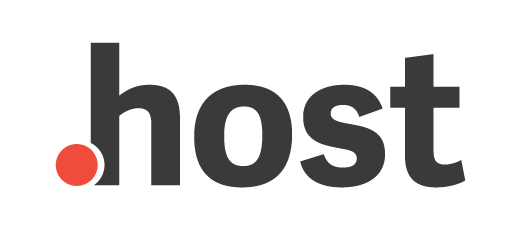The first step to improving staff competencies is defining these people. There are numerous levels of worker competencies and it is important to know the difference between the two. If your business is a service firm, you’ll have done different requirements than a manufacturing firm. Yet , there are five key meanings that can help you make the right big difference.
The initially level an individual definition is described as positive behaviors. These behaviours reflect an employee’s comprehension that they are simply being recognized for his or her abilities. This is a positive description since every employee competencies are based on great behaviours. The other level an individual definition is usually positive, since it identifies behaviours that are as a result of a recognition or some type of acknowledgement.
Thirdly definition is normally performance based. It is an action-based goal setting that is a reflection of the employees’ conditional thinking. Staff are always contemplating their efficiency in order to meet their very own objectives. They will only reach their targets when they are basically performing. This action-based staff competencies explanation is very important since employees will need to actively strive in order to enhance their ability to do their job and meet up with their desired goals.
The fourth and fifth staff competencies are both related to evaluation and preparing. Analysis and planning processes that are used to gather information wanted to reach a certain goal. The objective may be particular or it would be broad. When it is an extensive one, nevertheless , employees must be able to program their actions and in this, they use the correct analytic thinking skills.
The next stage one definition is technical skills and knowledge. The employees’ technological skills make them to produce top quality products or services. The technical competency definition is a subset on the soft abilities and can be included separately in the soft skills. However , within an organization that is certainly growing, it really is easier to range from the technical abilities competency as the organization will need to utilize most current technology available to the fullest scope possible.
The ultimate employee skill competency classification is psychological intelligence. Psychological intelligence refers to an individual’s capability to emotionally and psychologically understand and handle different types of situations. For instance how persons interpret the way they are identified by others and their private behaviors. Personnel who are really successful are those who have high degrees of emotional intelligence. This ability is usually developed during earlier childhood days, but it may be improved through training and practice.
These employee abilities and expertise must be thought about in the context of the company objectives a company is trying to achieve. Some of these targets are to keep costs down, increase earnings, maintain competitive advantage, and create staff relations which might be fair and productive. Many of these objectives are often related to creating staff unanimity, promoting good morale, building employee loyalty, and increasing staff engagement. In all cases, the best goal is always to improve and expand the organization’s capacity to meet the concerns that encounter the organization.
Staff skills and competencies purways.com are the basis of job performance and career development. They cannot be discovered or considerably improved upon. They must be depending on the persons natural credentials and expertise. To properly teach these skills and competencies, one needs to consider the processes and sessions that are used naturally by the persons, which entail the five basic worker competencies. For instance , interpersonal expertise, analytical pondering, self-direction, leadership, and decision making. The process of identifying these competencies and their enactment are essential if an organization should be to successfully apply them and achieve it is goals.
When ever defining and measuring the client excellence, managers consider both equally internal and external elements. Internal factors refer to the qualities and behaviors exhibited by staff that are not tightly related to the job currently happening or the establishments particular goals. External factors reference external threats or challenges that may affect the organization in a negative approach and also include the performance of this key employees in the workplace.
The competency model also takes into account the nature of the business and the environment where personnel perform. That likewise considers the types of tasks they have a tendency to do and whether these tasks will be relevant to the position at hand. Other important elements to consider are the lifestyle of the organization and the type of relationships designed within this. These can likewise affect personnel productivity and success at work. There is now substantial research data that shows that staff members with high levels of assurance have bigger job satisfaction and are more likely to achieve career goals.
Employee competencies are an essential component for an organization to function successfully. Organizations which may have successfully defined and measured their own expertise have been allowed to build their strength and proficiency in the market segments. They are also in a position to use this info to evaluate and improve their external environment along with internal buildings. It is important to not overlook that the definition of these types of competencies is usually not static, but needs to be constantly develop with changes in the business environment and worker behaviors.




